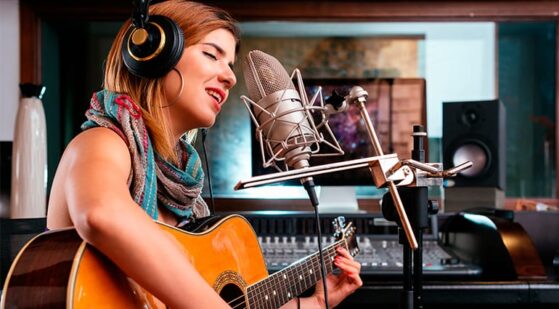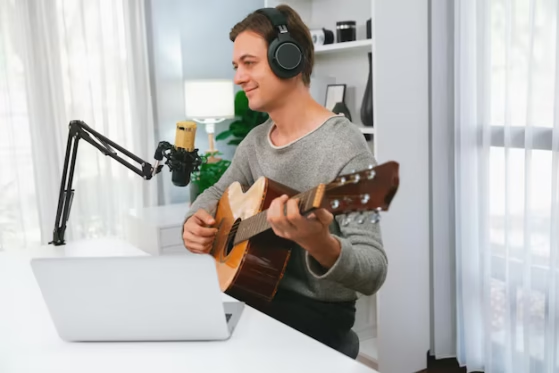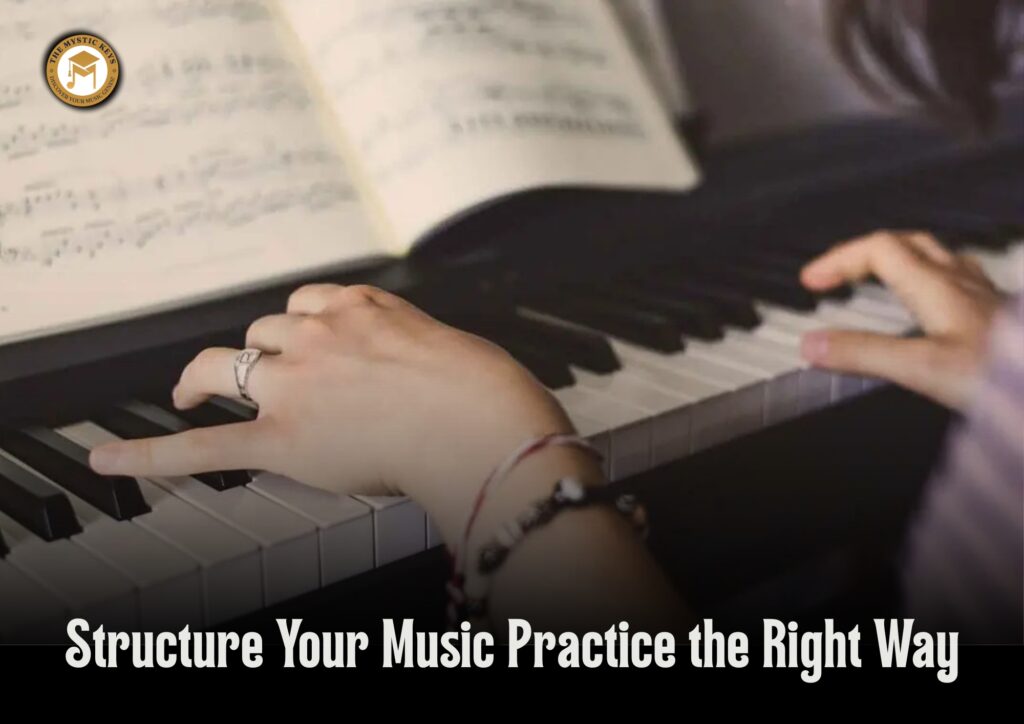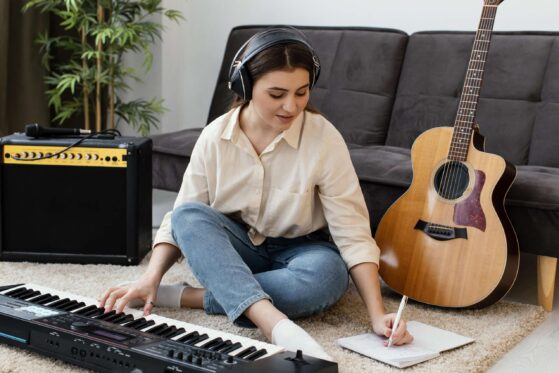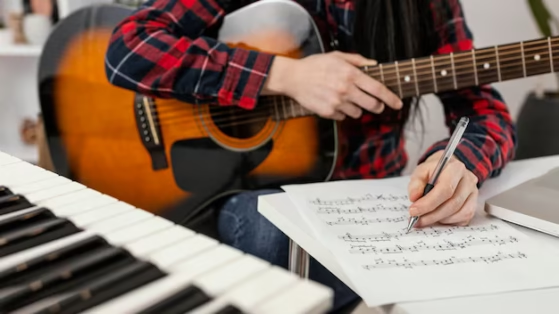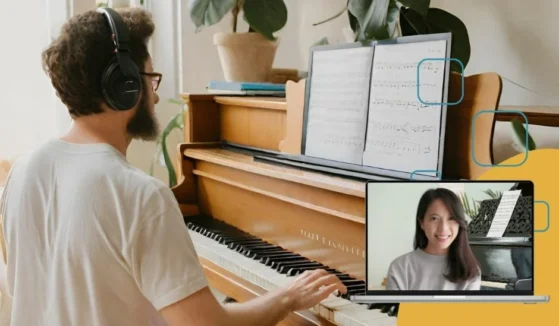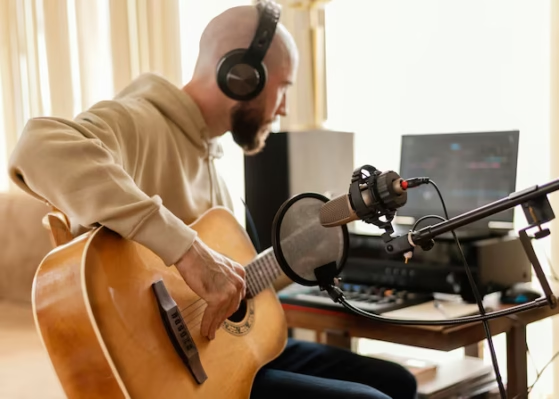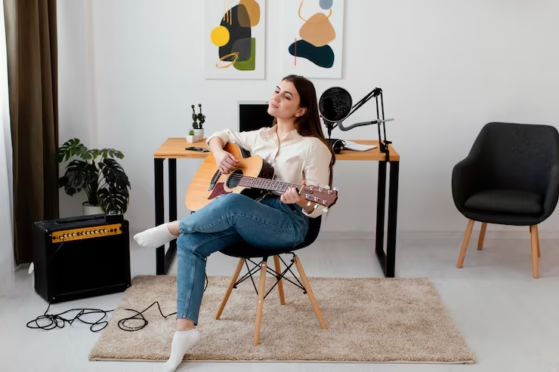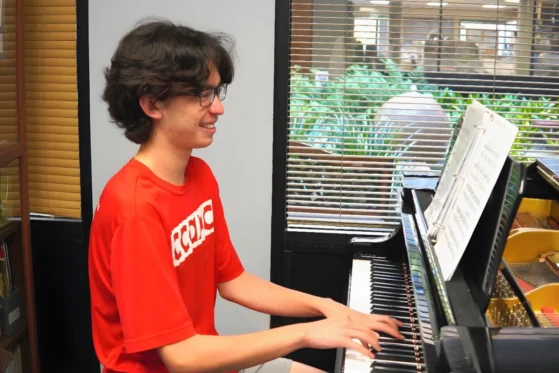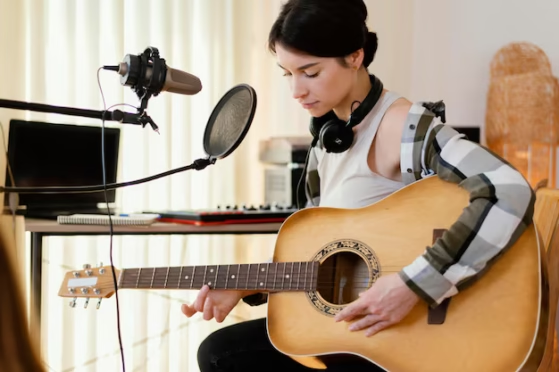
Speed and Accuracy in Your Playing | The Smart Practice Method
Speed and Accuracy in Your Playing | The Smart Practice Method
Whether you are a beginner or an advanced musician, building speed and accuracy in your playing is a crucial milestone. Speed allows you to express musical ideas with energy and excitement, while accuracy ensures clarity, precision, and musicality. Together, they enable you to perform complex passages, improvise freely, and elevate your overall musicianship.
However, speed and accuracy don’t come overnight. They require consistent, focused practice and an understanding of how your body and brain work when playing an instrument or singing. In this blog, we’ll explore detailed, practical methods to develop both speed and accuracy, debunk common myths, and offer mindset tips to keep your progress steady and rewarding.

Why Speed and Accuracy Matter
Speed without accuracy often leads to sloppy playing, mistakes, and frustration. Accuracy without speed can make your playing sound stiff or hesitant. For music to sound fluid and professional, speed and accuracy must grow hand-in-hand.
Speed allows for expressive runs, fast solos, rapid chord changes, and rhythmic excitement.
Accuracy ensures every note is in tune, every rhythm is precise, and every articulation is clear.
When mastered, your playing becomes effortless and confident, able to meet the demands of any musical style or challenge.
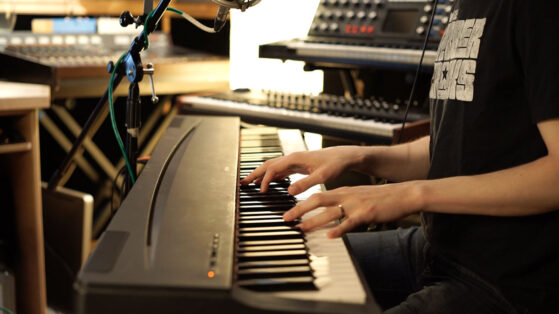
Common Misconceptions
Before we dive into how to build speed and accuracy, let’s clear up a few myths:
Myth 1: Just playing fast makes you fast.
Rushing through passages without control leads to ingrained mistakes and bad technique.Myth 2: Speed is purely physical.
Speed is as much mental — your brain coordinates timing, muscle memory, and anticipation.Myth 3: Accuracy will slow you down.
On the contrary, accuracy in the early stages helps build a solid foundation to increase speed later.

Master Slow and Steady Practice
The foundation of building speed and accuracy is always slow practice. This allows your brain and muscles to learn the exact movements, note placements, and timing.
Use a metronome and set it to a very slow tempo where you can play every note perfectly.
Focus on clean finger placement, bowing, breath control, or whatever technique your instrument requires.
Repeat small sections slowly until you can play them perfectly at that tempo.
Gradually increase the tempo in small increments (5 bpm, for example) only when accuracy is maintained.
Remember: Speed will come automatically once the slow, accurate movement is ingrained.

Break It Down | Segment and Isolate
Fast passages often seem overwhelming. The key is to break down the piece or lick into manageable chunks:
Divide long runs or difficult sections into smaller phrases or even note-by-note.
Practice these isolated chunks slowly and accurately.
Gradually link chunks together once mastered individually.
By focusing on smaller segments, you prevent overwhelm and promote better muscle memory.

Develop Efficient Technique
Speed depends heavily on your technique. Inefficient movements waste energy and slow you down.
Use relaxed, natural hand and finger positions. Tension restricts movement.
Minimize unnecessary finger lifting or hand movement. The shorter and more economical your motions, the faster you’ll be.
Study fingerings and bowings (for strings) or breath support (for wind/singers) that optimize fluidity.
Work on finger independence and coordination exercises to strengthen each finger’s agility.
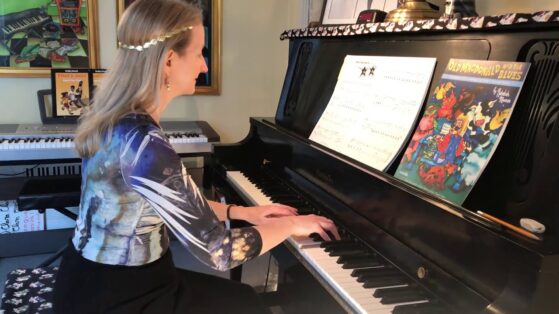
Use Targeted Exercises
There are specific exercises designed to build speed and accuracy:
Scales and Arpeggios: Practice all scales and arpeggios with a metronome, starting slow and increasing tempo gradually.
Chromatic Exercises: Chromatic runs develop finger strength and precision.
Etudes and Technical Studies: Choose etudes focusing on your weak areas.
Rhythmic Variations: Practice fast passages using different rhythmic groupings (e.g., dotted rhythms) to build control.
For example, alternating long-short note patterns forces your fingers and brain to adjust timing, which enhances accuracy.

Incorporate Mental Practice and Visualization
Speed isn’t just about how fast your fingers move — it starts in the mind. Before your hands can execute a passage flawlessly, your brain needs to map out every note, movement, and rhythm with clarity.
Start by visualizing your finger movements even when you’re away from your instrument. Imagine the tactile sensation of each note and the exact placement of your hands or vocal articulations. At the same time, hear the music in your mind, as vividly as if you were playing it.
Once you’ve developed that internal imagery, mentally rehearse difficult passages, picturing yourself playing them smoothly and effortlessly. This technique helps create strong neural pathways, making it easier for your body to follow through.
To enhance your internal sense of rhythm, count and subdivide beats silently as you practice, helping your brain anticipate each note and keep perfect timing.
This kind of mental preparation doesn’t just sharpen your focus—it actively reduces hesitation, improves timing, and boosts your overall confidence when it’s time to perform.

Practice Consistently and Mindfully
Speed and accuracy improve with consistent practice — but consistency alone isn’t enough. For real progress, your practice must also be mindful and intentional.
Begin by establishing a daily routine. Rather than long, exhausting sessions, aim for focused, manageable blocks of 20 to 30 minutes. Shorter sessions done with purpose often yield better results than hours of distracted playing.
Before jumping into challenging material, take time to warm up properly. A thorough warm-up not only prepares your fingers or voice but also sets the tone for a productive practice session. It reduces the risk of injury and helps you approach your playing with better control.
As you move into faster passages, pay attention to how your body feels. If you notice any tension building up or start to feel mentally overwhelmed, pause. It’s far more effective to stop and reset than to push through with poor form or stress.
To reinforce progress, consider recording your practice sessions regularly. Listening back offers valuable insights you might miss in the moment — from timing inconsistencies to subtle articulation issues. Over time, these recordings also become a powerful way to track your growth.
With this structured, reflective approach, you’re not just practicing — you’re building habits that support real, lasting improvement in both speed and accuracy.

Embrace Gradual Progress and Patience
Building speed and accuracy is a gradual journey — one that rewards patience and persistence. While it’s natural to crave quick results, it’s equally important to embrace the pace of steady, meaningful progress. Understand that breakthroughs don’t happen overnight, and that’s perfectly okay.
Rather than rushing ahead, shift your focus toward small, consistent wins. Even a slight increase in tempo — just a few beats per minute with clean execution — marks real progress worth celebrating. These incremental gains build a strong foundation for lasting improvement.
As you move forward, it’s easy to fall into the trap of comparison. But resist that urge. Everyone’s musical path is different, shaped by unique strengths, experiences, and challenges. Trust your journey, and give yourself credit for every step you take.
Above all, keep this in mind: slow and accurate practice might seem time-consuming in the moment, but over time, it proves to be the most dependable route to genuine speed, confidence, and long-term mastery.
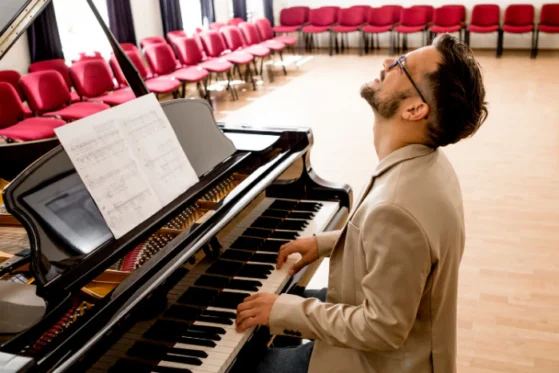
Supplement with Other Helpful Habits
Technical drills alone aren’t enough. Your body plays a crucial role in how well and how fast you play. Here are a few essential habits that work in harmony with your practice routine:
Start by strengthening your fingers and hands through simple yet effective exercises — finger taps on a flat surface, hand stretches, or grip trainers can greatly improve dexterity and control over time.
Equally important is maintaining your overall physical health. Good posture, relaxed shoulders, and proper breathing help prevent unnecessary tension, allowing for smoother, faster playing without strain.
Don’t underestimate the power of hydration and rest. Fatigue, whether physical or mental, can seriously affect your coordination and timing. Staying well-rested keeps your focus sharp and movements accurate.
Lastly, be sure to explore a variety of tempos in your practice. Try playing passages extremely slowly to build control, then shift to moderate and faster speeds to develop agility and adaptability. This range will make you more comfortable in real performance situations.

Apply Speed and Accuracy to Musical Context
Don’t practice speed for speed’s sake — always tie it to your broader musical goals. After all, technical skill means little without musical expression.
Start by applying your growing speed and accuracy to real pieces or solos. Focus on playing them at the intended tempo with clarity and control. As you do, listen closely to how speed enhances the phrasing and flow.
Next, explore how speed can be used expressively. It’s not just about being fast — it’s about shaping emotion and dynamics within a passage. Use subtle tempo shifts, crescendos, and articulation to breathe life into the notes.
Finally, put your skills to the test through improvisation. Practicing at a variety of tempos — slow, moderate, and fast — will help you develop adaptability and musical instinct, crucial for real-world performance and creative freedom.

Conclusion | The Art of Speed and Accuracy
Building speed and accuracy in your playing is a combination of technical mastery, mental focus, and patient, structured practice. By starting slow, breaking passages down, developing efficient technique, and using targeted exercises, you build a solid foundation that naturally leads to faster, cleaner playing.
Remember that speed without accuracy is useless, and accuracy without speed limits your musical expression. Strive for balance and embrace the process with patience and joy.
If you’re ready to take your playing to the next level, consider joining The Mystic Keys, where expert guidance and tailored lessons can help you build speed, accuracy, and musicality step-by-step. Whether you play piano, guitar, violin, or sing, our online courses focus on solid technique, smart practice strategies, and real-world musical applications.



